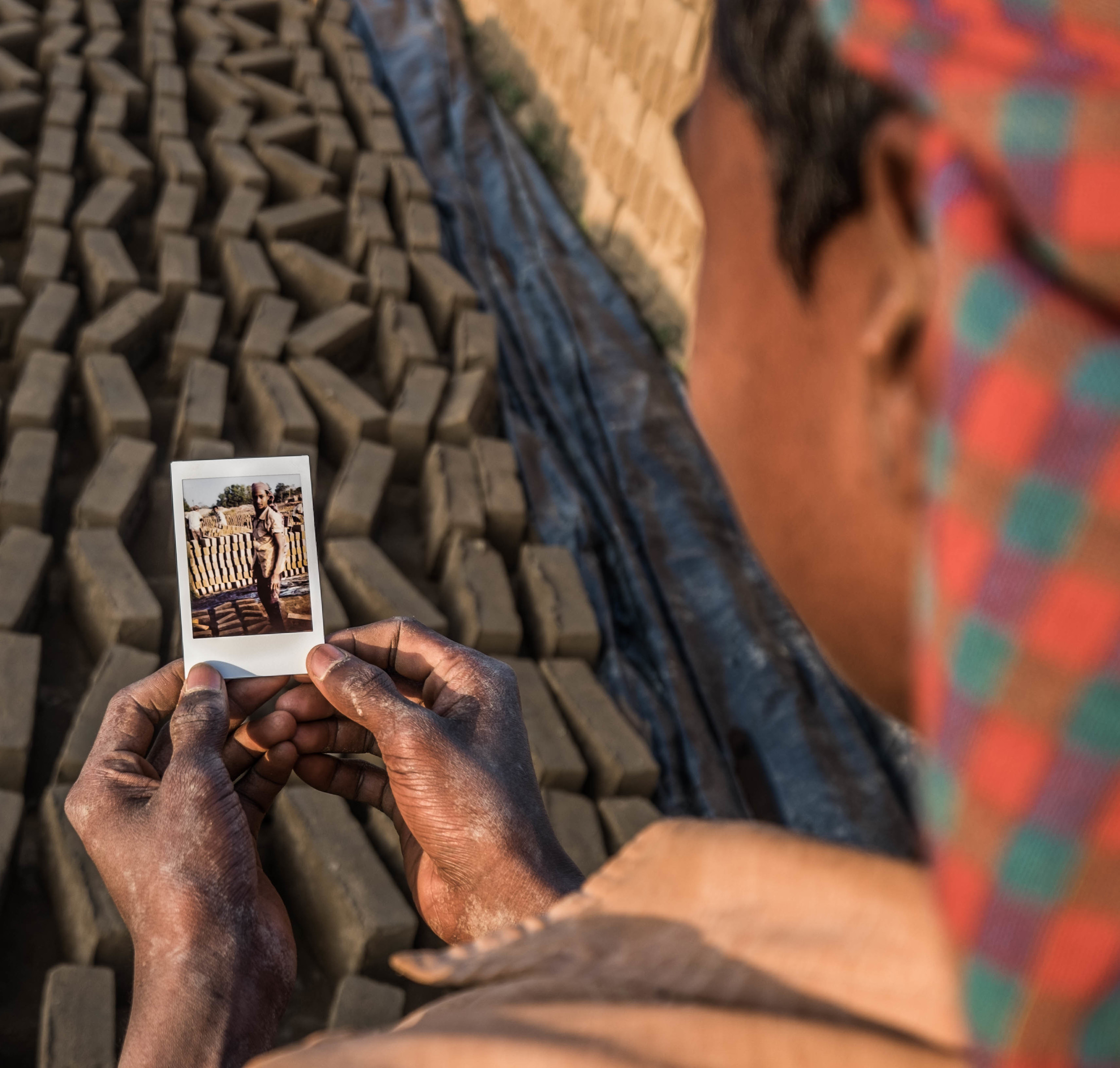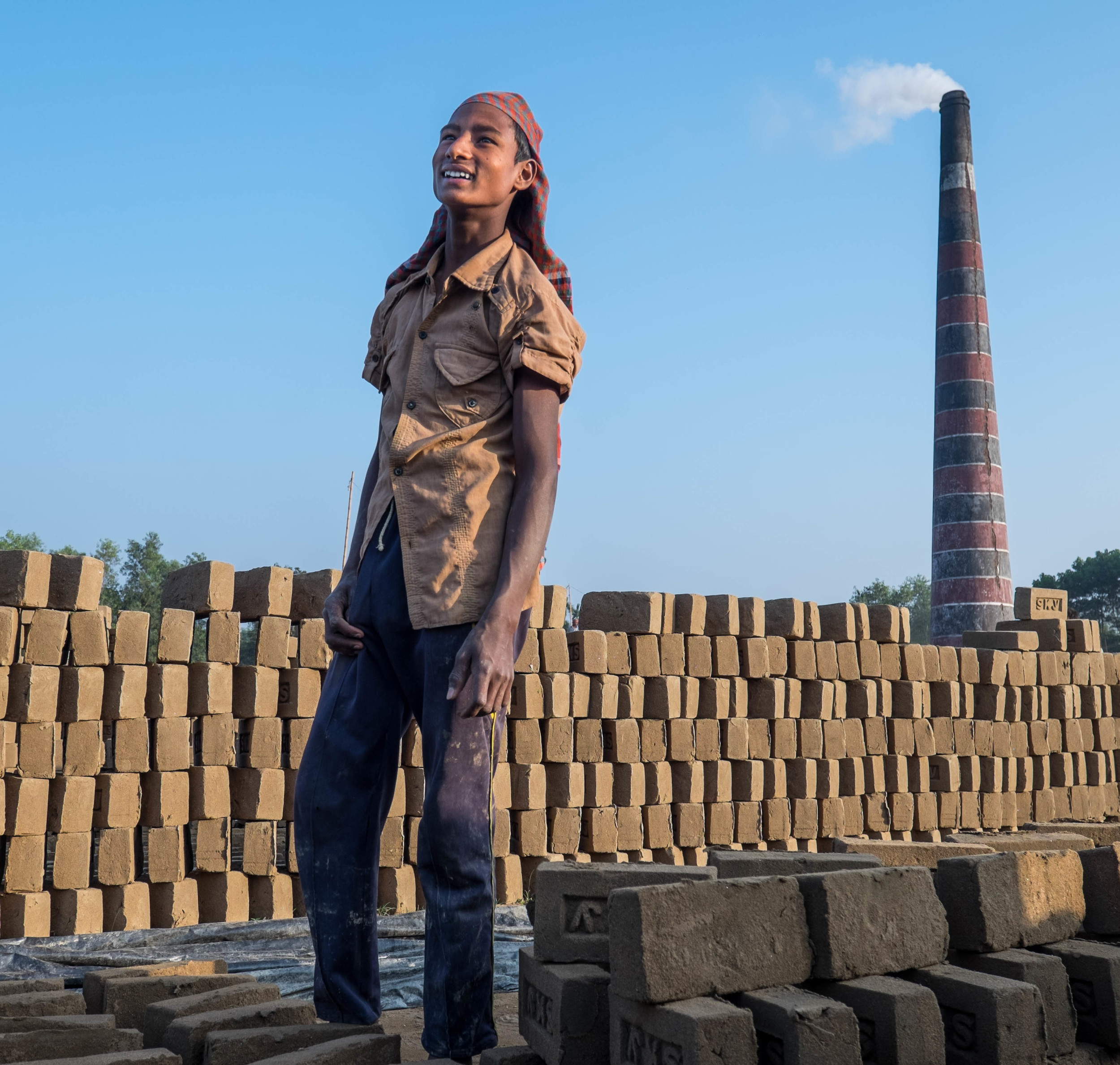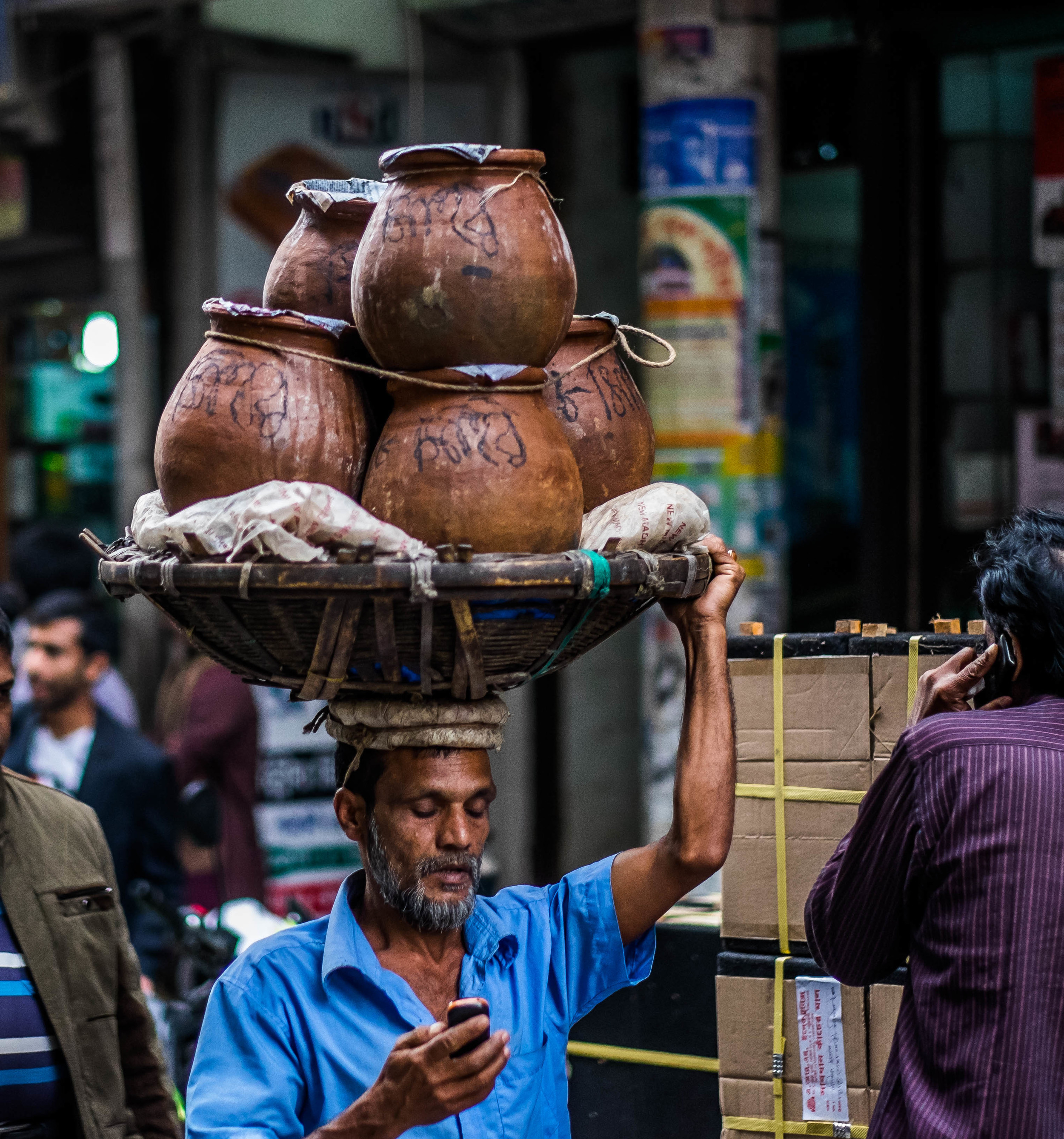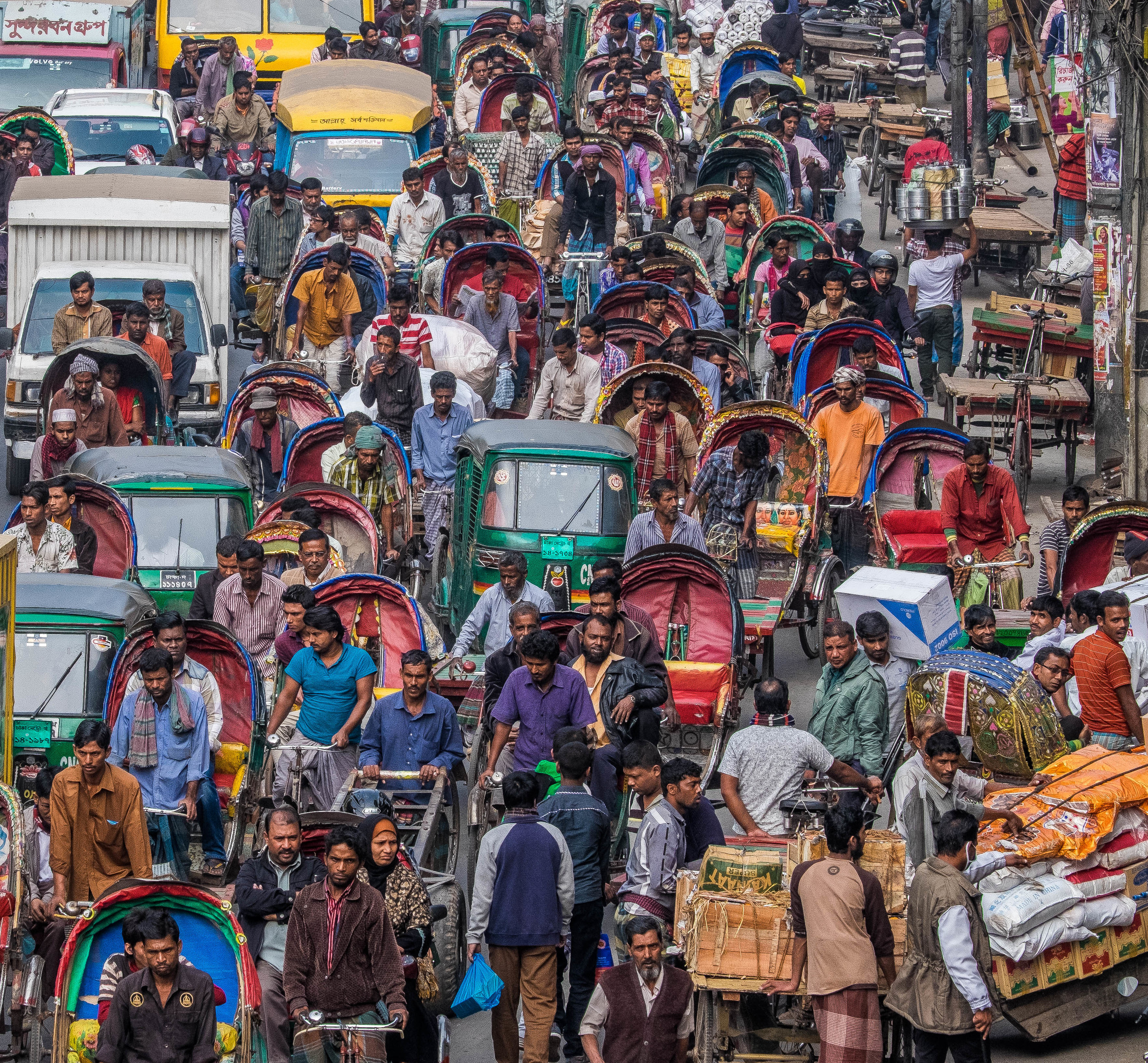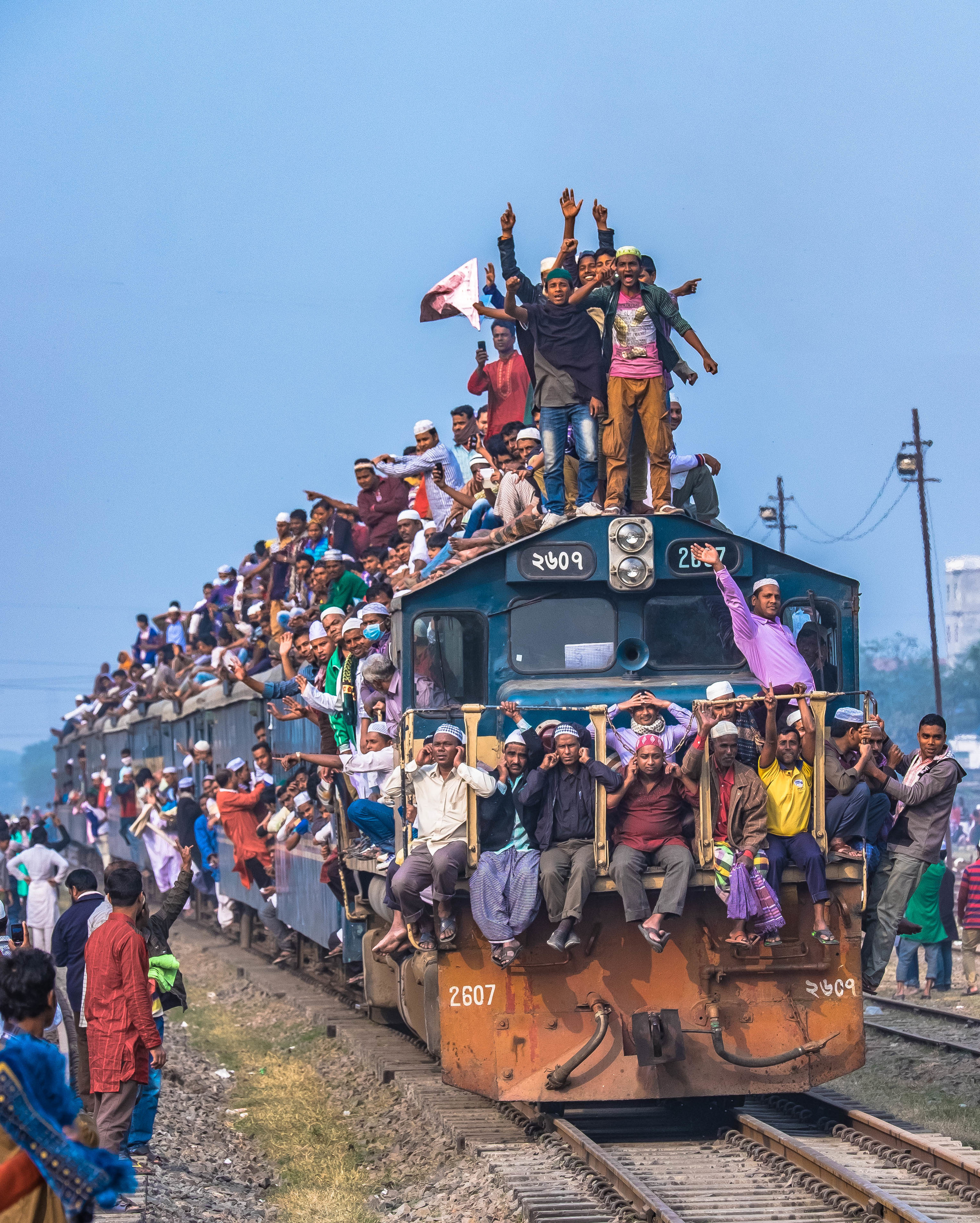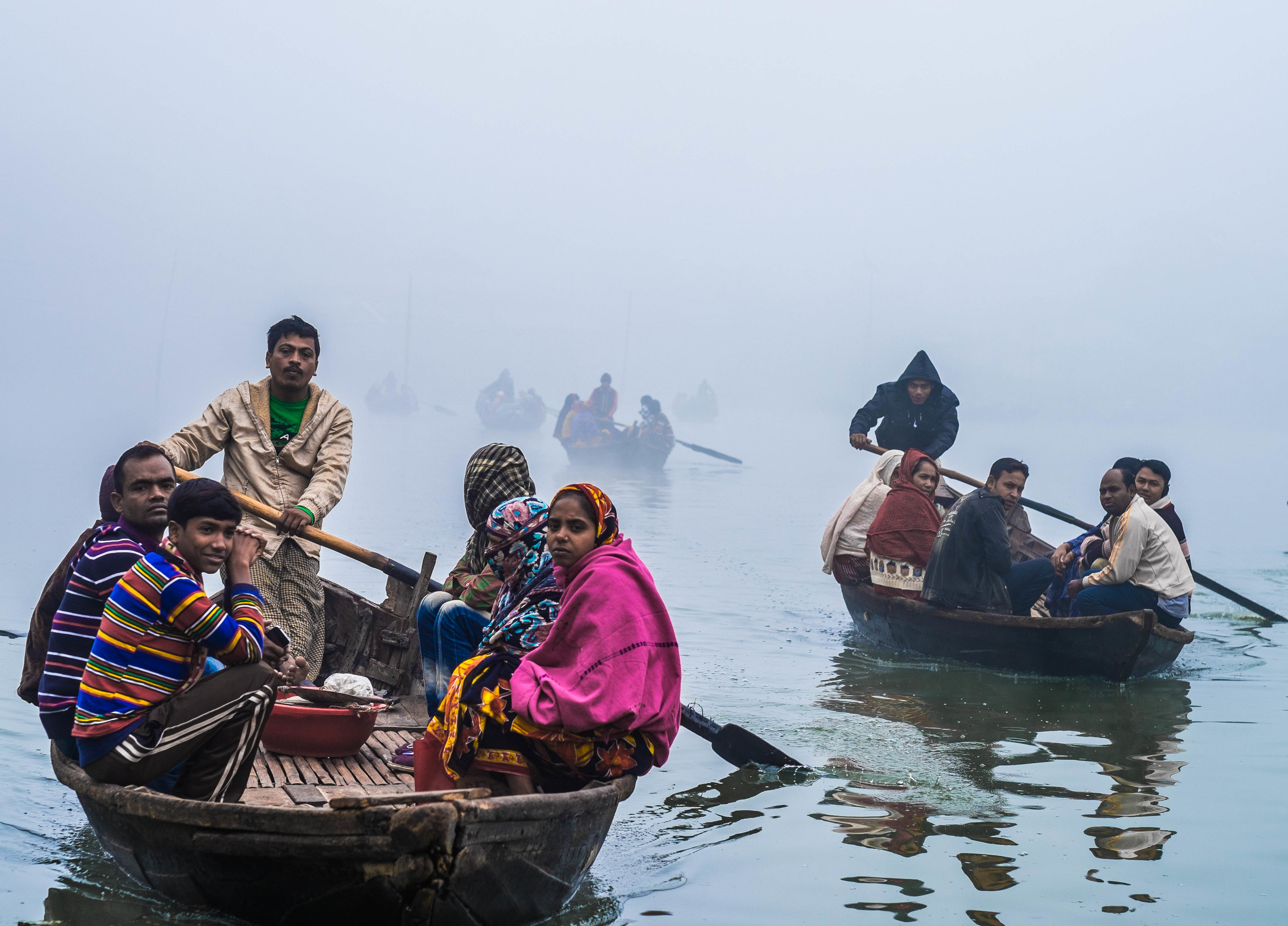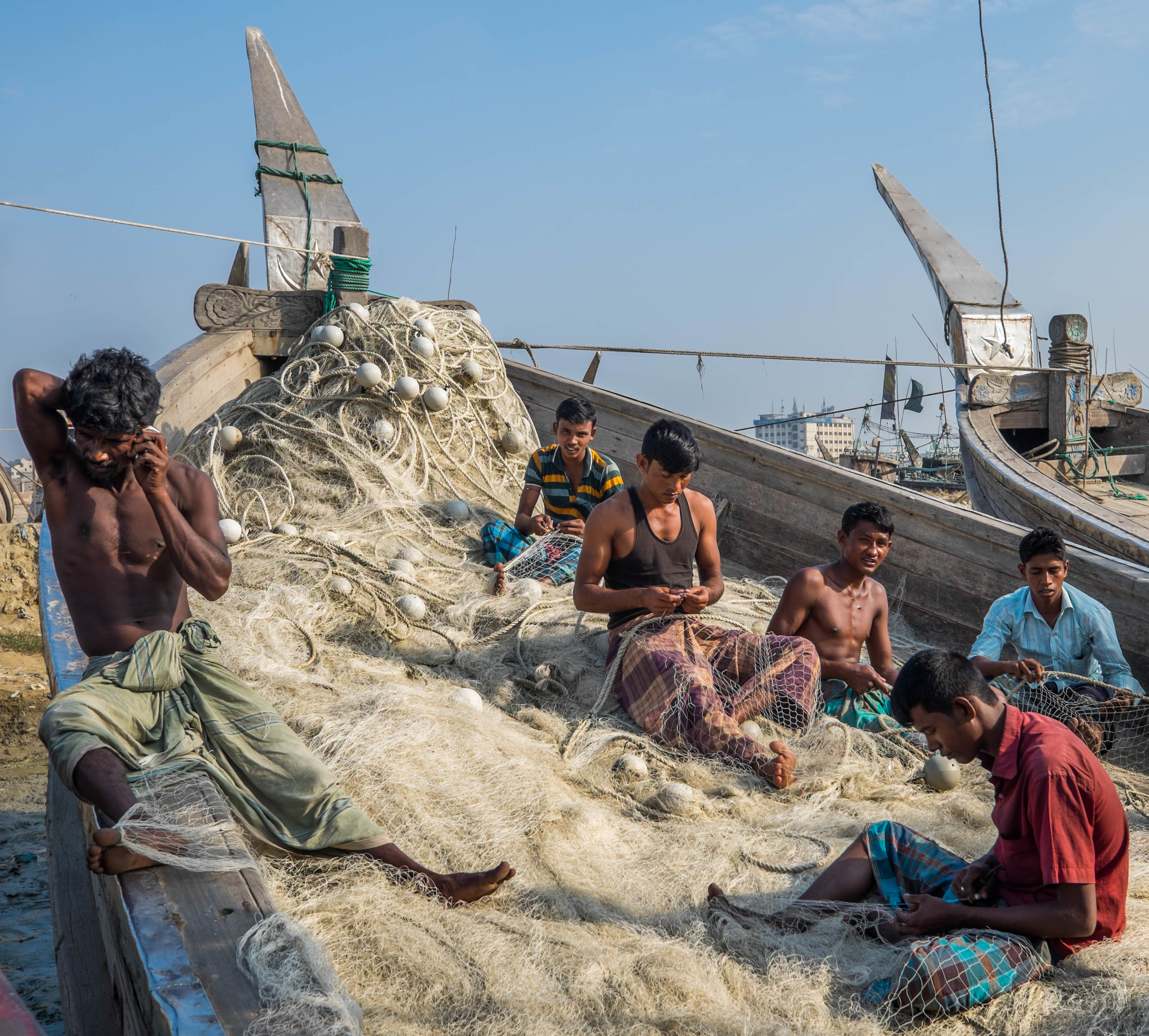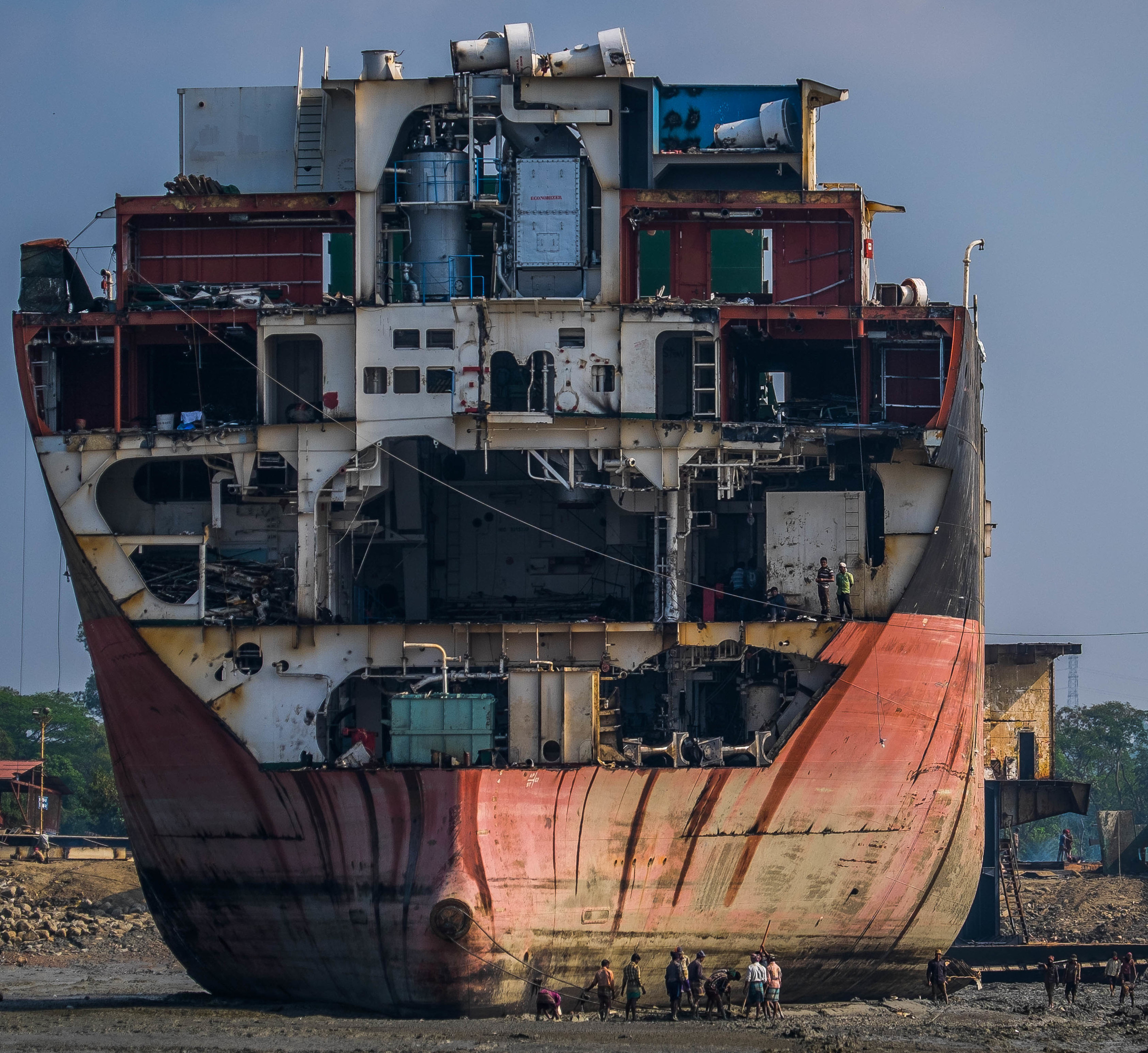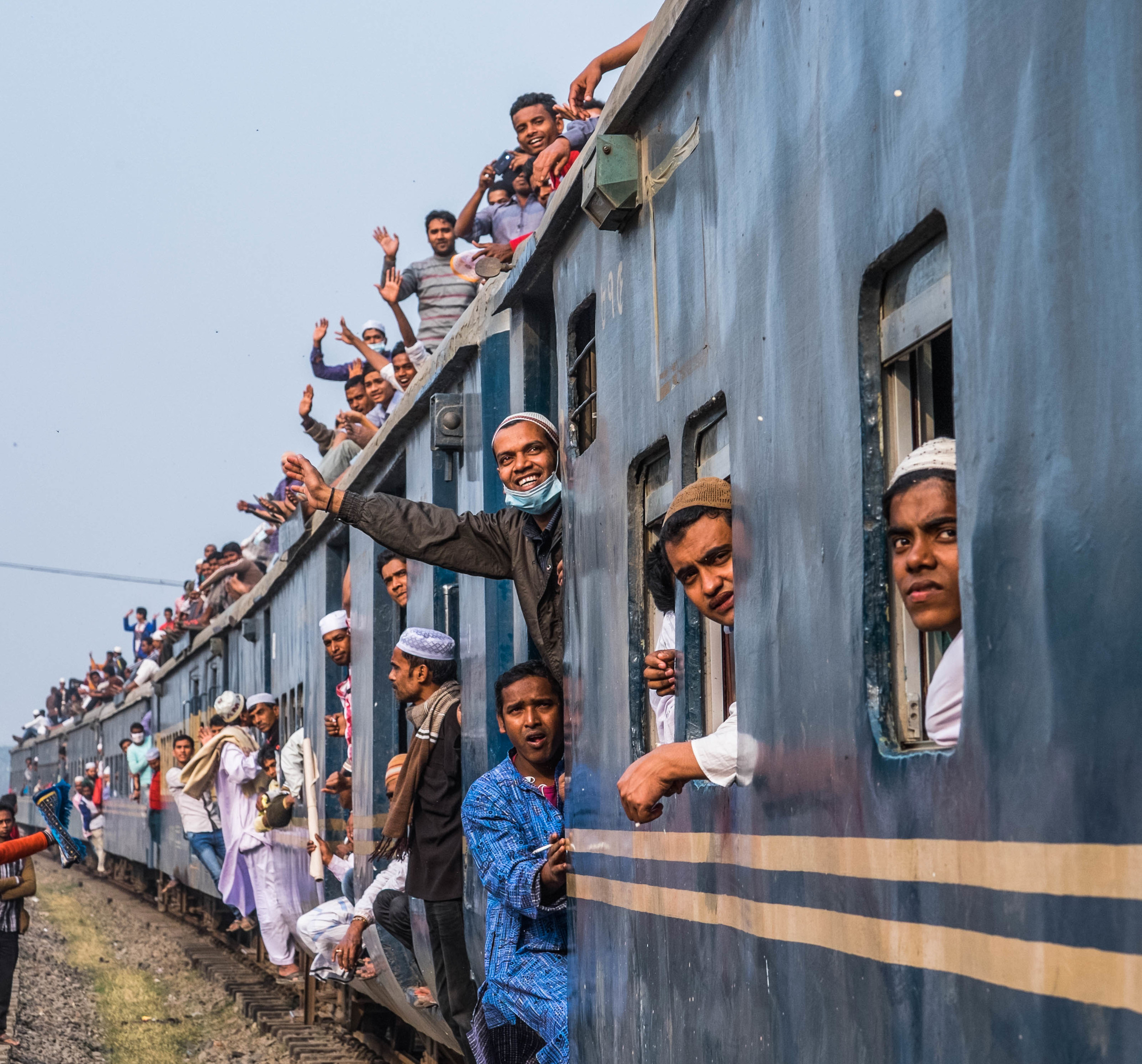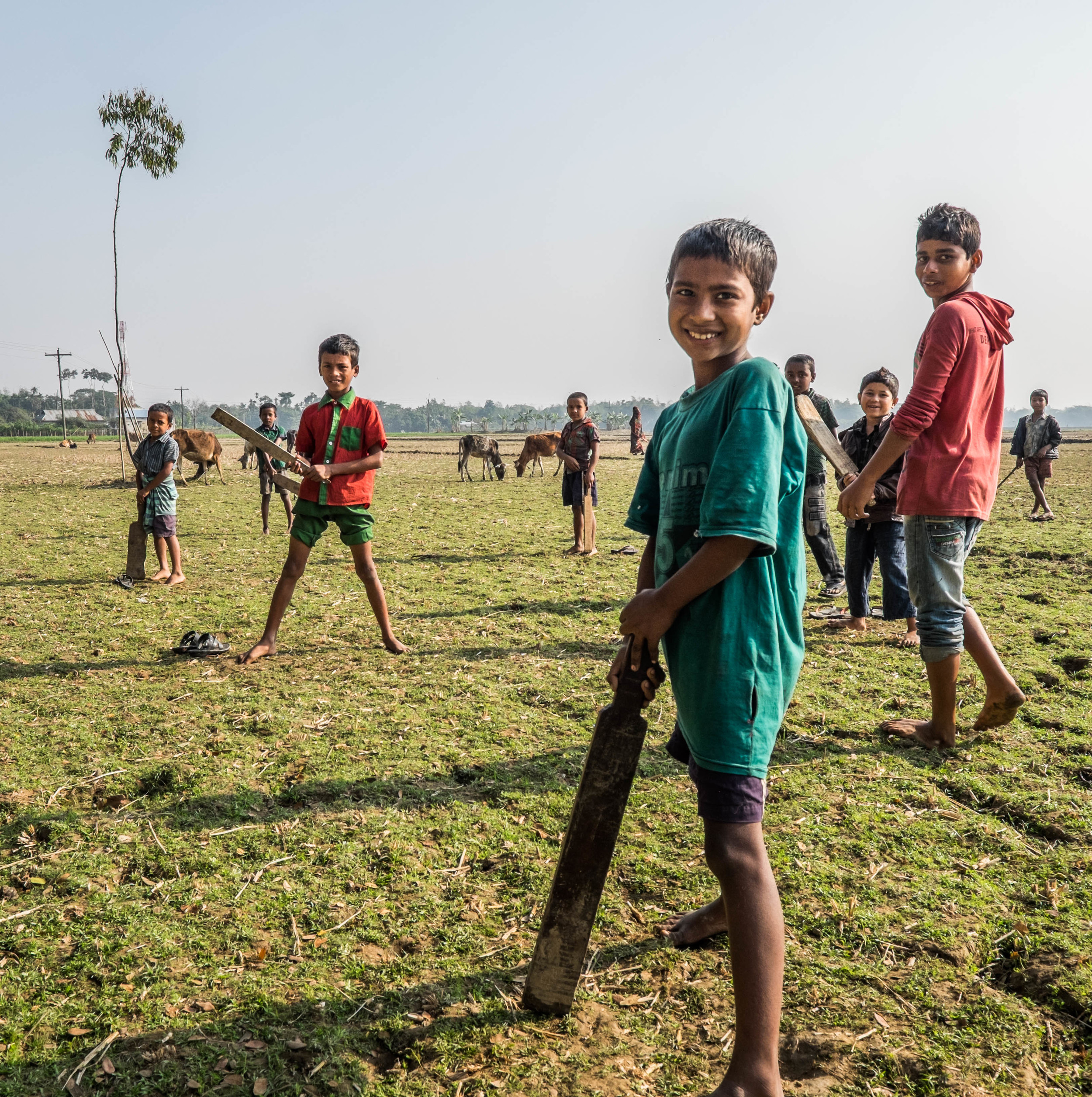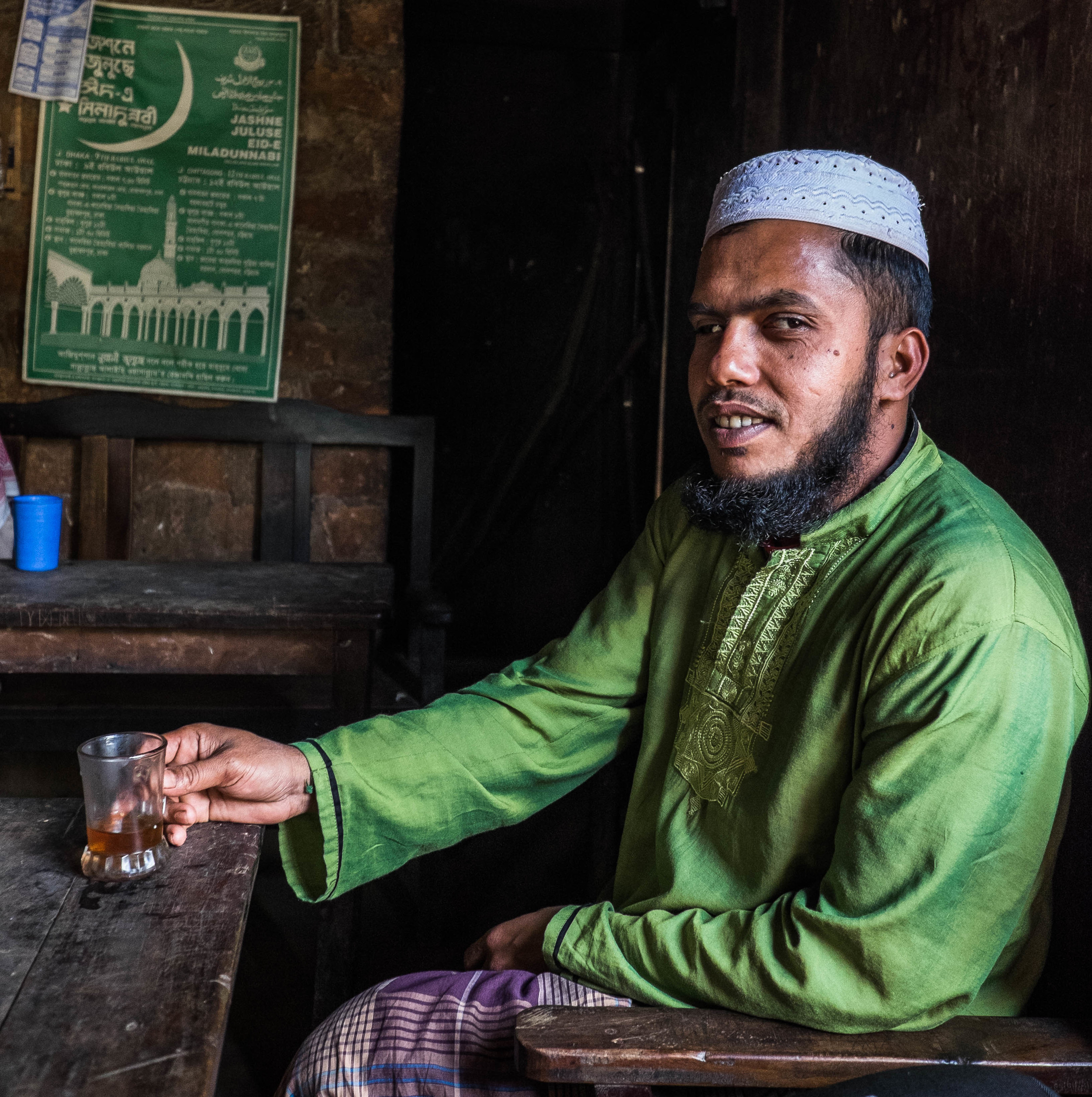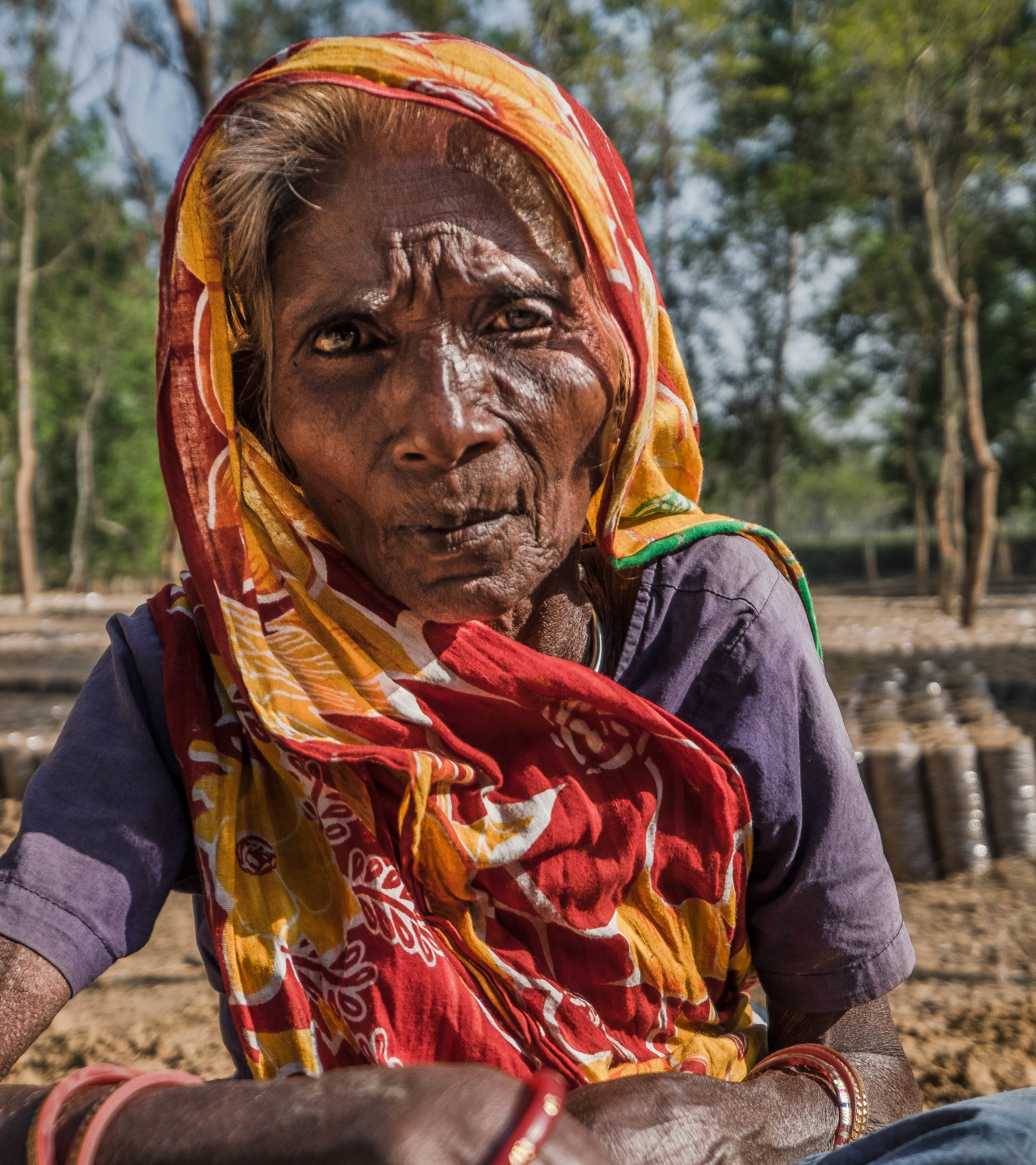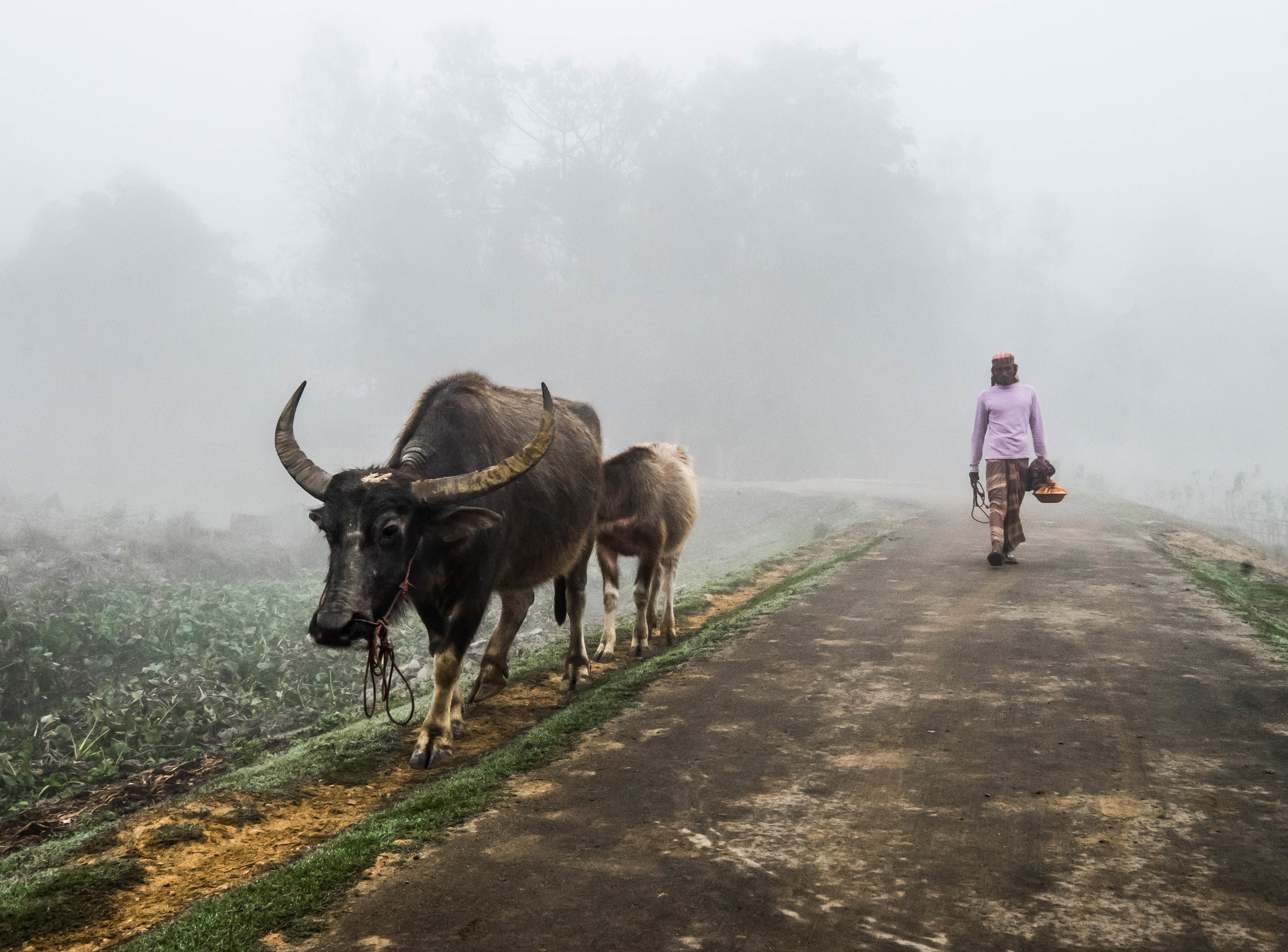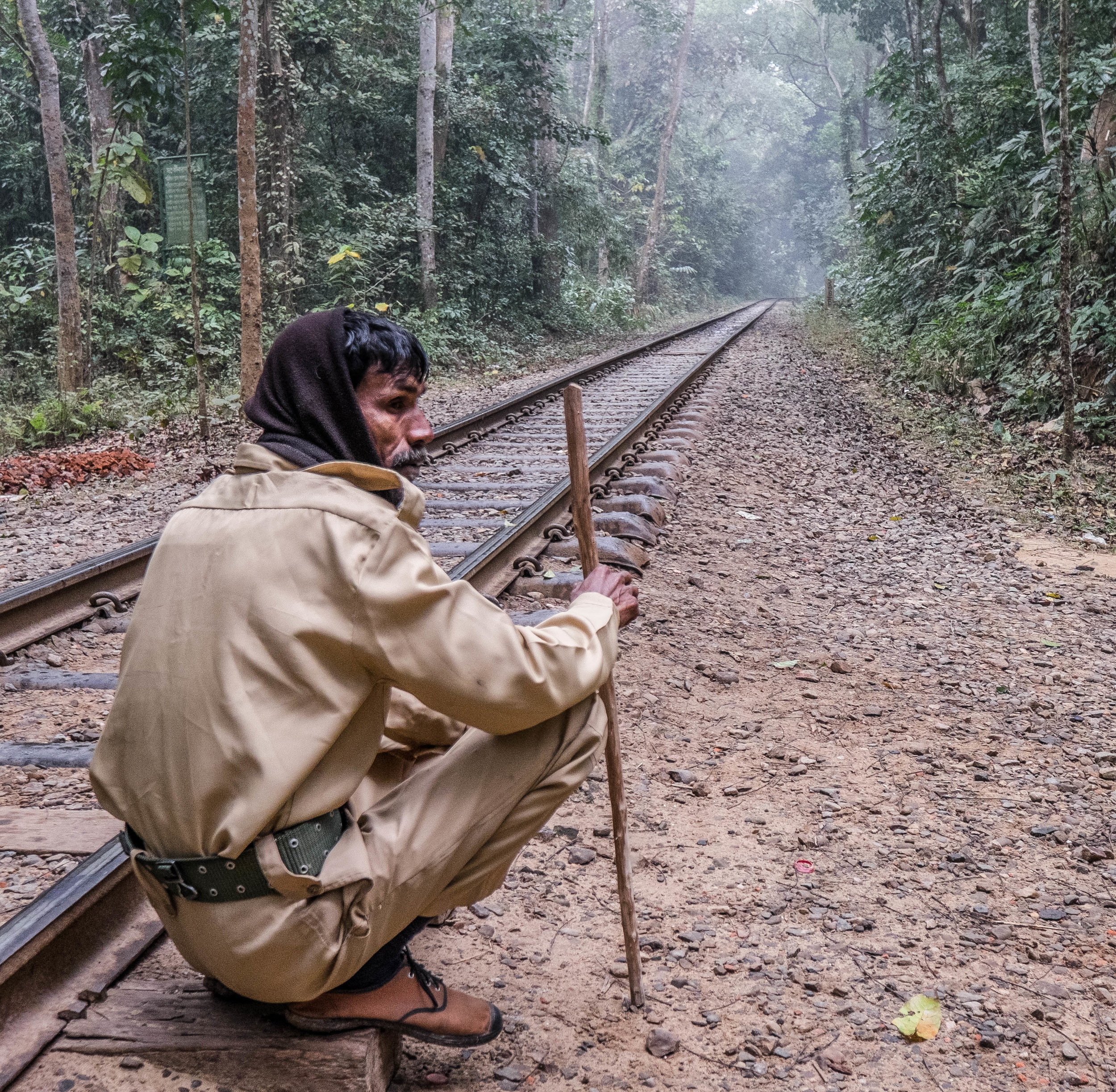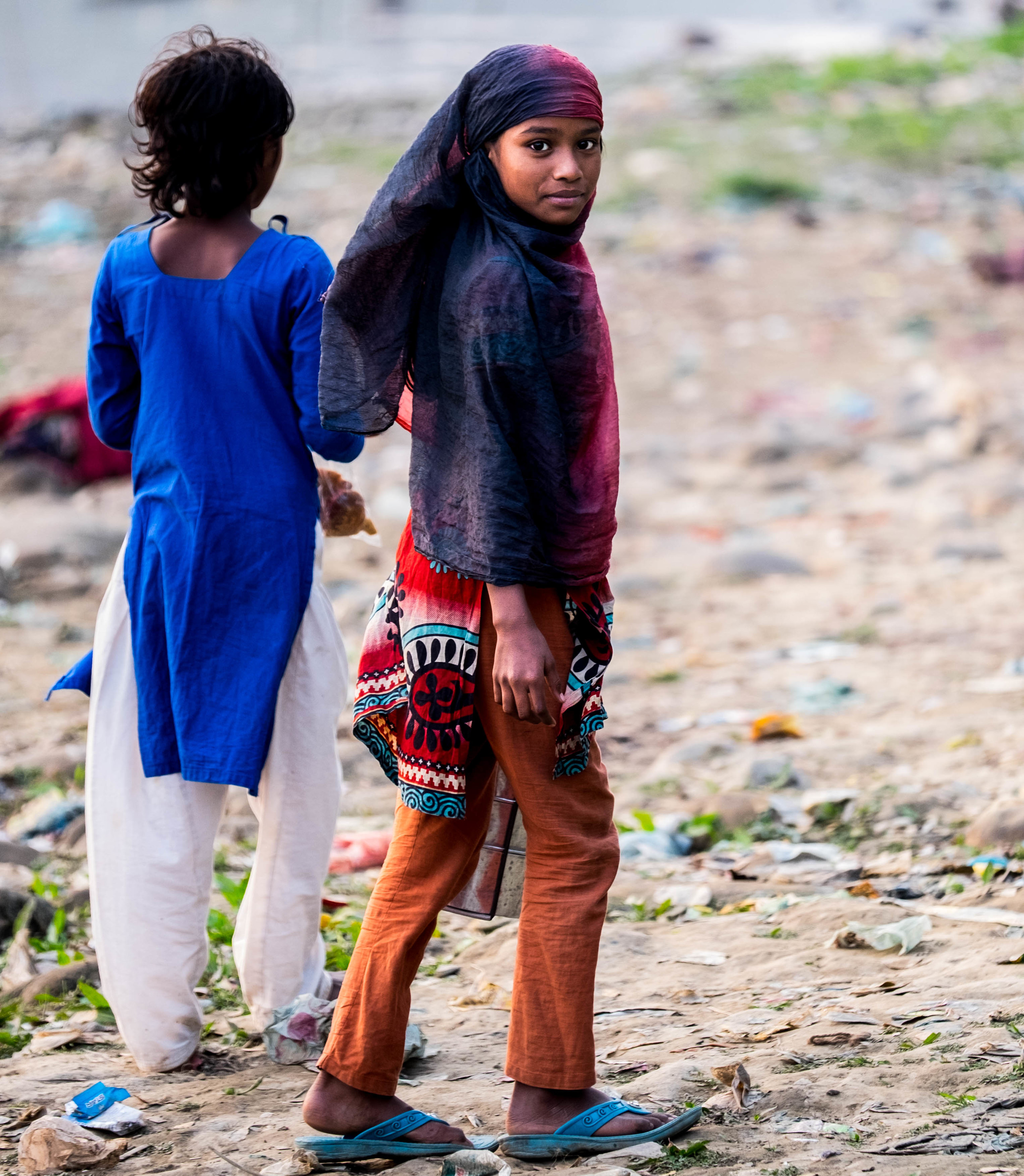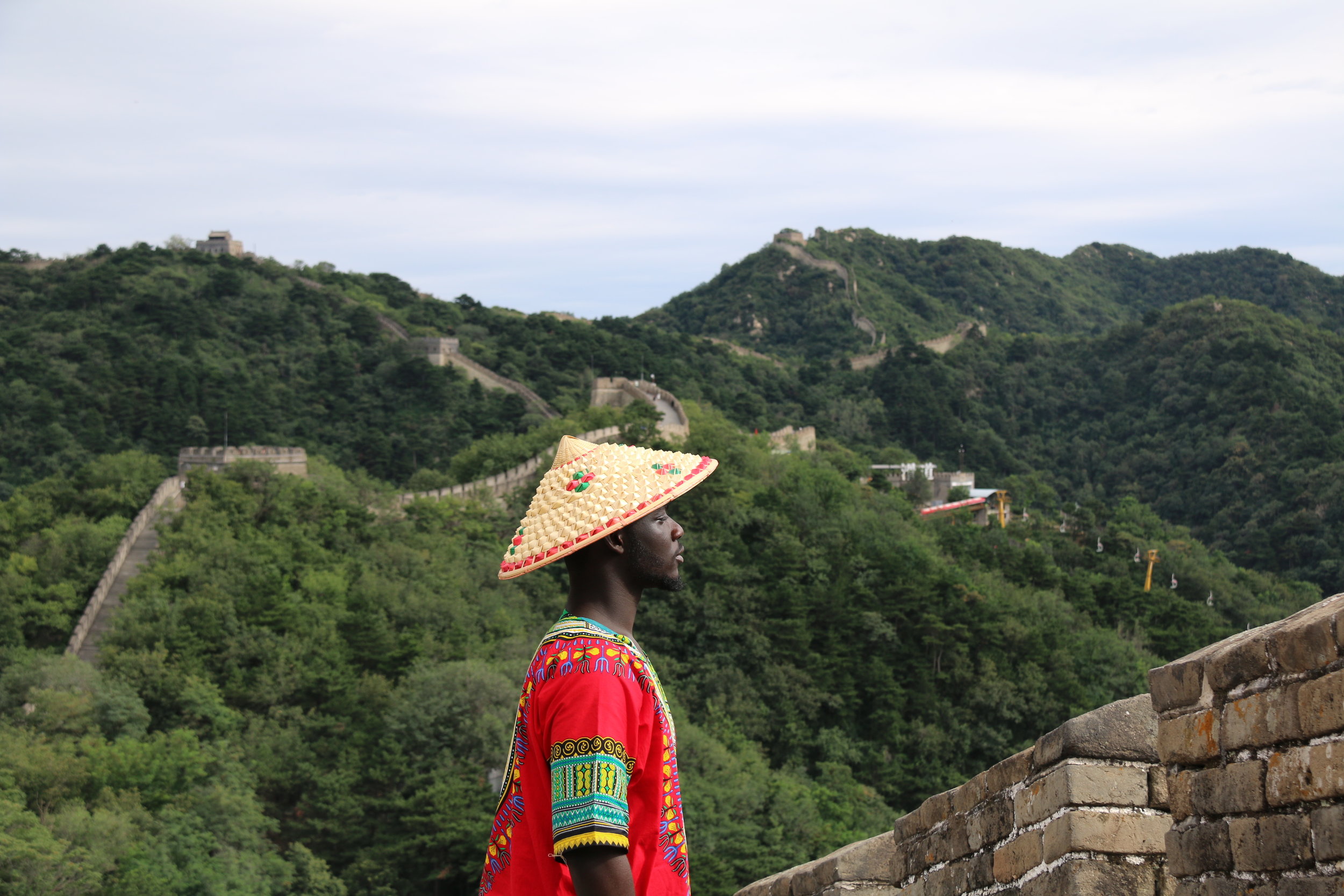As part of our Frequent Flyer series, we post follow up stories from previously spotlighted travelers. Kevin is an avid culture traveler that generally enjoys exploring regions with a significant contrast to his own. In his previous post, he shared about his time exploring several different African nations, as is now back to share his experiences exploring Bangladesh, attending the annual Bishwa Itjema festival in Dhaka, and being blown away by the unwavering hospitality of all those he encountered.
Great to have you back on SP Kevin! What have you been up to since you were last on SP sharing about experiences backpacking throughout Africa?
I was able to spend six plus weeks in Bangladesh, which was extraordinary! I’ve also been back at work, scheming on how to give up my job and travel more extensively.
How does photography influence the way you travel?
Photography obviously makes me pay special attention to light and color, and the scenes that are unfolding around me. It has always been my intent to capture commonality in my pictures of people, rather than the “exotic other”. For instance, in Bangladesh for the first time I carried a small wireless printer that enabled me to give folks a copy of portraits I had just taken of them, which really reinforced mutuality. I can’t emphasize how much giving people prints changed the interactions, making them much more of a mutually enjoyable exchange, often to very moving effect. Particularly with the older rural folks, I was frequently told that they were the only photos they had of themselves; one older man told me it would be the only image his family had of him after he passed. The combination of photography with the printer really enhanced countless encounters in just lovely ways.
What sparked your interest to visit Bangladesh? What cities did you visit?
Like usual, it was the chance to see a culture that’s very different from my own. In this case I found it particularly fascinating how such a dense crush of people can manage to get along with each other. Bangladesh doesn’t get a lot of visitors, which meant people were often surprised (and delighted) to see me. I have to say the Bangladeshis are, as a rule, some of the friendliest most helpful people I’ve ever encountered. The slightest look of confusion on my face as I was trying to sort something out on the street would nearly always result in somebody asking if they could help, with absolutely nothing expected in return.
I was also keen to see the ship breaking yards in Chittagong, the visuals of which had captured my imagination decades ago. I was then fortunate to have my visit coincide with the Bishwa Itjema festival in Dhaka, one of the largest religious festivals in the world with millions of attendees. There were serious political troubles while I was there, largely shutting down rail and bus transport, so I didn’t see as much of the country as I had planned. Beyond Dhaka and Chittagong I spent quite bit of time in and around Sylhet and Sreemangal, in the northeast.
Could you share a little about what the Bishwa Itjema Festival is, as well as what some of your experiences were attending it in Dhaka?
The Itjema is a longstanding islamic pilgrimage/festival that takes place the second week of January every year, in the northern Dhaka suburb of Tongi. The focus of the gathering is devotion and reconciliation (political activities/speeches are explicitly forbidden by the organizers). As a non-religious person I received a very warm reception. I was asked not to take photos in the event itself, but the crush of people coming and going was fertile subject matter for photography.
Did you have any expectations or preconceived notions about the festival and what you would be exposed to? How did they differ from the way the culture and festival actually was?
Not being religious, I didn’t really know what to expect, so I just went in with as clear an attitude of respect as possible. As I’ve discovered in other situations like this (although not on this scale) for people who can’t afford to travel much, a religious pilgrimage turns into a bit of a celebration. So while the event itself was quite devout, the coming and going to it was a bit of a party, and a very good time for me as a guest.
How did you navigate between each city? Did you work with any local organizations to coordinate your travel?
I took trains while they were running, and a few internal flights (very unusual for me) when they weren’t because of the transit disruptions. In the northeast I hired motorcycles (with drivers) and auto-rickshaws to get around the countryside. I was able to manage it all on my own, although I did hire teenagers who were keen to practice their English as informal guides on a couple occasions, which was very helpful.
What were some of your other experiences as a traveler in Bangladesh?
Tea shops are ubiquitous in Bangladesh, so one of the reoccurring delights of traveling within the country are the multiple opportunities to stop throughout the day and refresh yourself. As a traveler, particularly in the rural areas, you are received with a sort of stunned delight, because they tend to see so few foreigners. You never know what direction those encounters are going to take you in, as I was often then invited into peoples homes for meals.
What would you like people to know about your experience within the country that is little known?
I would strongly encourage people to give themselves 2-3 flexible days just to get lost in Old Dhaka. The traffic and crush of people is astounding, so you can’t have much of an agenda; though the little things you’ll unexpectedly discover will delight you. Bangladesh has a vey robust cellular data network, so with a local SIM card you can rely on your smart phone for navigation (really around most of the country). I often found myself on a bicycle rickshaw, giving directions to the driver down wee little alleys, from my phone.
Of all the images you captured during your trip, which would you say was your favorite?
(See image above) While walking along the banks of the Suma river in Sylhet, there were loads of kids clamoring to have their pictures taken, but when I lifted my camera to ask if I could take hers, she shook her head no. As always, I respected that and moved on, but I couldn’t help noticing that she was shadowing me, never more than about 30 feet away. I asked again, and again no, but still the shadowing. The forth time I asked, she nodded with her assent for this shot.
I pulled out my printer to make her a copy, but by the time it was ready, she had disappeared into the neighborhood. I showed the print to a group of women and kids, and one little boy nodded that he knew her, so I handed over the ring and he ran off to deliver it to her. But about fifteen minutes later he returned it to me, having been unable to find her. At that point I gave up and started slowly heading back to my hotel. About ten minutes later though, surrounded by another gaggle of kids, I felt a shy tug on my sleeve. I look down and there she was, so I dug out the photo and handed it over. She then broke into a wide grin of delight, and skipped off beaming happily with her friend.
It was the total highlight of my day.
What’s next for you? Do you have any final advice for other individuals that would also like to travel to Bangladesh, particularly during such a large festival, but are intimidated?
I’ve booked my flight into Niger and out of Benin for this coming winter, so I’m excited! Egarding final advice, if you can manage to find a hotel within walking distance of the festival grounds (I found one in Uttara) you really can’t go wrong. Just follow the rail lines to Tongi Station, or the crowds flowing towards the festival. Tongi Rail Station isn’t to be missed for images of the overloaded trains arriving and departing the festival.
To see more of Kevin's outstanding photography, be sure to follow him @Ventureforthphoto on Instagram
Images Courtesy of Kevin Perry
Did this story help you?
If you enjoyed this piece and would like more content like it, please consider a donation to Spirited Pursuit - we'd be so grateful!


